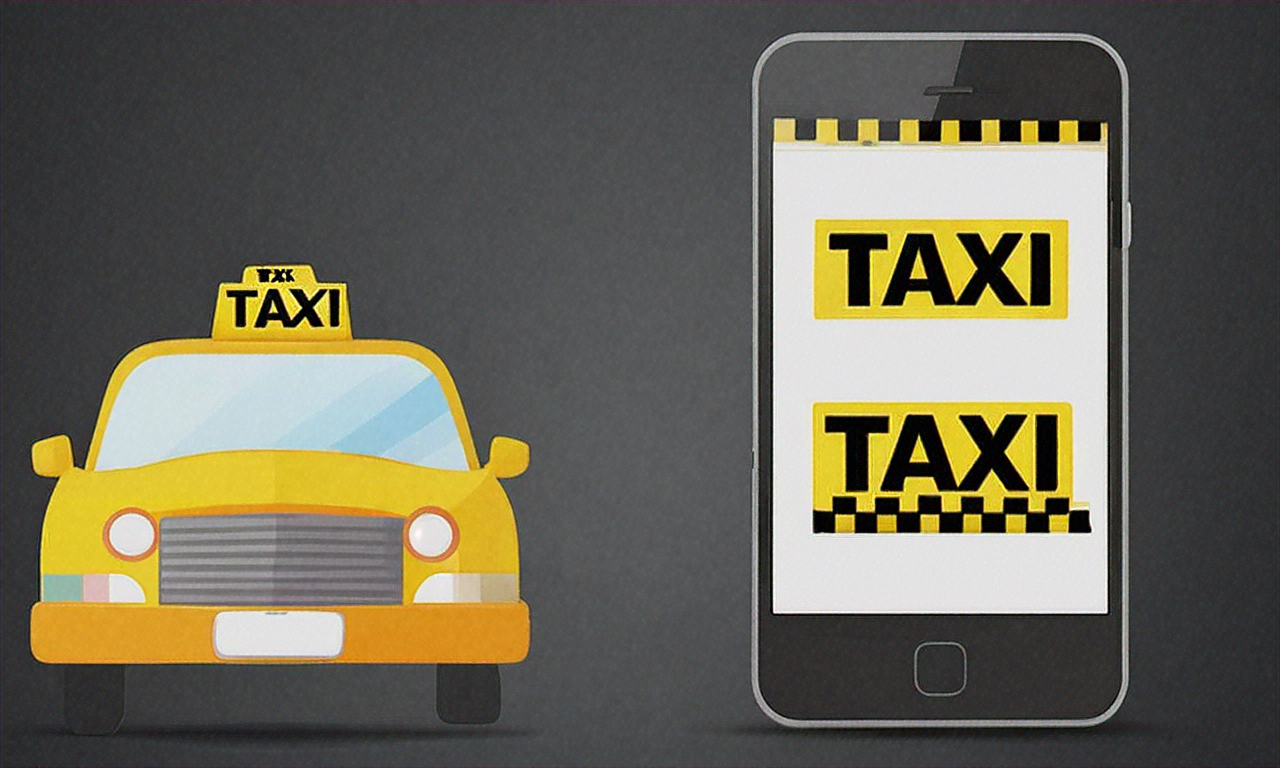How access to public transit affects monthly budgets in Dubai
Access to public transit can significantly influence how much households spend each month in Dubai. From commuting fees and ride-hailing reliance to choices about where to lease or buy, transit access affects rent decisions, parking needs, and day-to-day budgets.

Living arrangements in Dubai often involve a trade-off between housing costs and transport expenses. Apartments closer to metro stations or major bus routes may command higher rents or service charges, but they reduce daily spending on taxis, ride-hailing and fuel. For people relocating or leasing, factoring in commute time and transport options can change the preferred neighborhoods and the overall monthly outlay for utilities, parking and maintenance. This article examines how transport access interacts with housing, budgeting and everyday choices in Dubai.
Housing and rentals
Proximity to transit shapes housing decisions across Dubai neighborhoods. Apartments near metro stations, tram lines or major bus corridors can be priced higher in rentals and leasing agreements because of convenience and demand. For renters and those relocating, choosing a unit with good transport links can reduce the need for private cars, parking expenses and long commutes. Landlords may offset location premiums by offering fewer included amenities, so budgeting for furnishing, utilities and occasional maintenance should remain part of relocation planning.
Commute and transport costs
Commute choices directly affect monthly spend. Regular metro or bus users typically face predictable per-trip costs, while those relying on taxis or ride-hailing services have variable bills that spike with longer commutes or peak-hour demand. Time spent commuting also has indirect costs: lost time, potential childcare adjustments for schooling runs, and higher incidental spending. When comparing rental options, estimate weekly travel patterns and multiply by typical fares to see how transport alters the monthly budget.
Utilities, maintenance and inspections
While utilities and inspections are largely independent of transport, location matters. Apartments in central, transit-rich areas may have higher service charges or stricter inspection schedules tied to building standards and amenities. Conversely, properties farther from transit might require more frequent car maintenance and higher fuel consumption for daily trips. When budgeting, include routine maintenance, periodic inspections and potential extra costs for transport-related vehicle upkeep if choosing a neighborhood with limited public transit.
Schooling and relocation decisions
Families considering schooling will weigh transport access heavily. A home near reliable transit can simplify commuting to schools, after-school activities and local services, reducing dependence on paid school transport or multiple car trips. Relocation choices often balance the higher rent near good transit routes against savings on private transport, parking and time. For those leasing, factor in how school runs will influence daily transport patterns and whether proximity to transit networks can shorten or remove the need for a second household vehicle.
Amenities, furnishing and lifestyle trade-offs
Access to public transport interacts with decisions about amenities and furnishing. Apartments with fewer in-unit amenities or smaller layouts near transit hubs might be cheaper to rent but require additional spending on storage solutions or flexible furnishing to suit a more mobile lifestyle. In contrast, larger units away from transit may include more amenities but increase transport costs. Evaluating monthly budgets means comparing the value of on-site conveniences against recurring transport expenses and the cost of furnishing to match lifestyle needs.
Real-world cost and transport comparison
Real-world budgeting benefits from comparing typical transport providers and what they cost for regular users. Below is a concise table listing common public and private transport options in Dubai with general monthly cost estimates based on typical commuter usage. These figures illustrate relative costs for someone commuting regularly but will vary by distance, frequency and personal choices.
| Product/Service | Provider | Cost Estimation |
|---|---|---|
| Metro (monthly commuting) | Roads and Transport Authority (RTA) – Dubai Metro | AED 100–400 per month (depending on zones and frequency) |
| Bus (regular routes) | Roads and Transport Authority (RTA) – Dubai Bus | AED 80–300 per month (depending on routes and transfers) |
| Nol card (pay-as-you-go public fares) | RTA – Nol | AED 50–300 per month (usage-dependent) |
| Ride-hailing (daily commutes) | Careem, Uber | AED 400–1,500+ per month (usage and distance-dependent) |
| Taxis (regular short trips) | RTA-approved taxis | AED 400–1,200 per month (based on trip length and frequency) |
Prices, rates, or cost estimates mentioned in this article are based on the latest available information but may change over time. Independent research is advised before making financial decisions.
Conclusion
Access to public transit in Dubai shifts how households allocate monthly budgets across rent, commuting, parking, utilities and lifestyle choices. Choosing to live near reliable metro or bus routes can reduce variable transport spending and commuting time, but may raise rental or service charges. Conversely, living farther from transit often lowers base rent but increases predictable transport and vehicle-related costs. Assessing typical travel habits, schooling needs and amenity trade-offs helps produce a clearer monthly budget picture.






